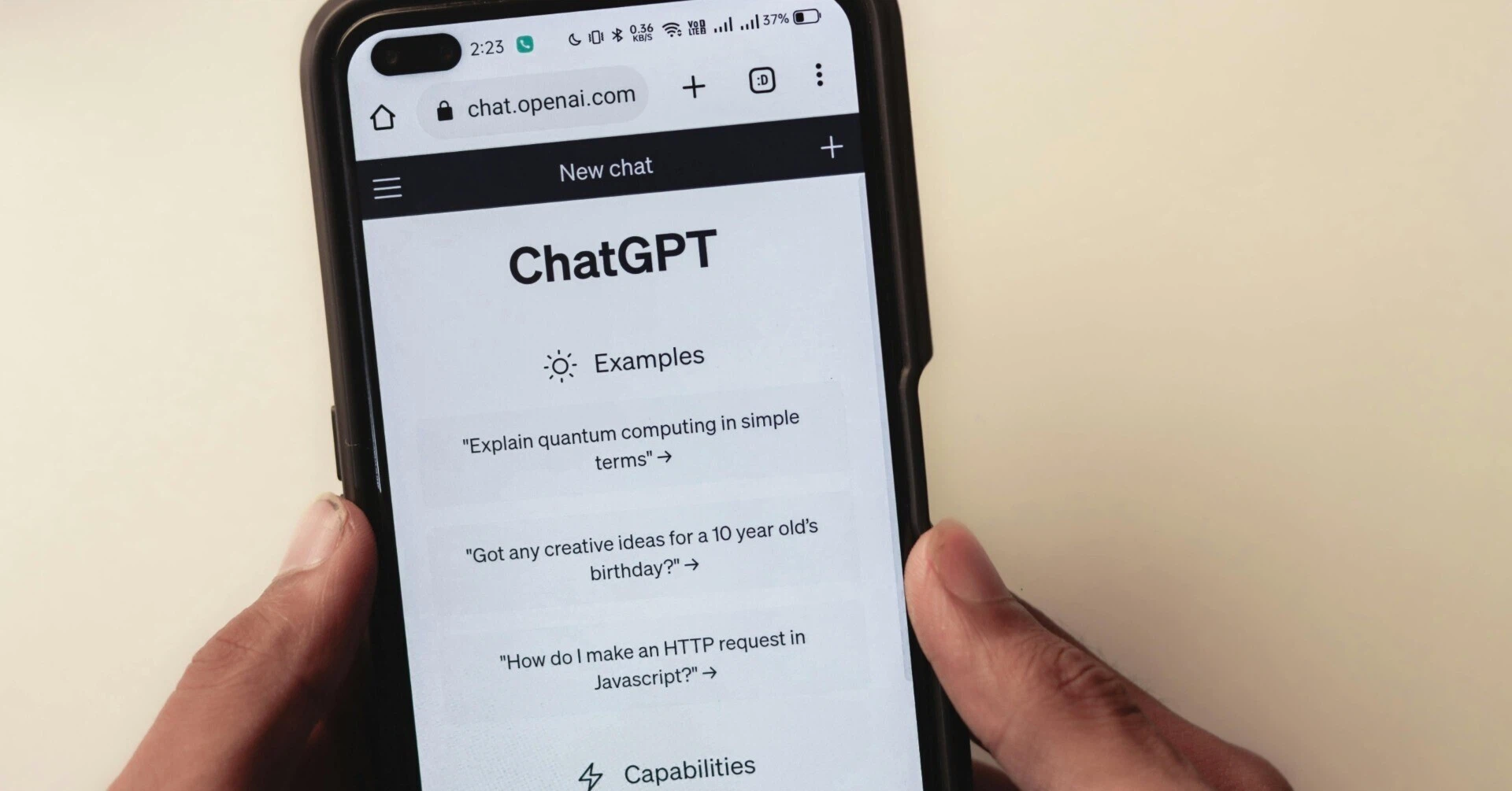
—In an era where “how you use slack time” makes the difference—⏳🧍♀️🤖
⚡ The Speed Shift: How AI Changed Information Gathering
Let’s say it again for emphasis: the arrival of AI has dramatically transformed the efficiency of information gathering. Tasks like analyzing topics on social media, tracking competitor activity, or conducting basic market research—once taking days—can now be completed in a matter of hours. With tools like ChatGPT, processes such as searching, summarizing, clustering, and generating initial ideas can be drastically shortened—depending on how you prompt it. Thanks to this “speed revolution,” marketing workflows are becoming more and more time-efficient. 📊⚙️🚫 But Don’t Stop at Efficiency Alone
Here’s the key point: Efficiency is only the starting line. The time saved through AI shouldn’t be treated as “free time” to simply let pass. Instead, how we use that extra time is what truly defines value in this new landscape. 🚦 AI excels at organizing and reconstructing past data. But it’s still up to humans to spot the early signs of change—and to notice the unexpected.🧠 Human-Only Work Happens in the “Time Left Behind”
The “slack time” born from AI-assisted research allows us to focus on the uniquely human parts of marketing:- 👂 User interviews
- 👀 In-person or social media observations
- 🧩 Interpreting emotional context and nuance
- 🤝 Internal and external conversations or brainstorming

